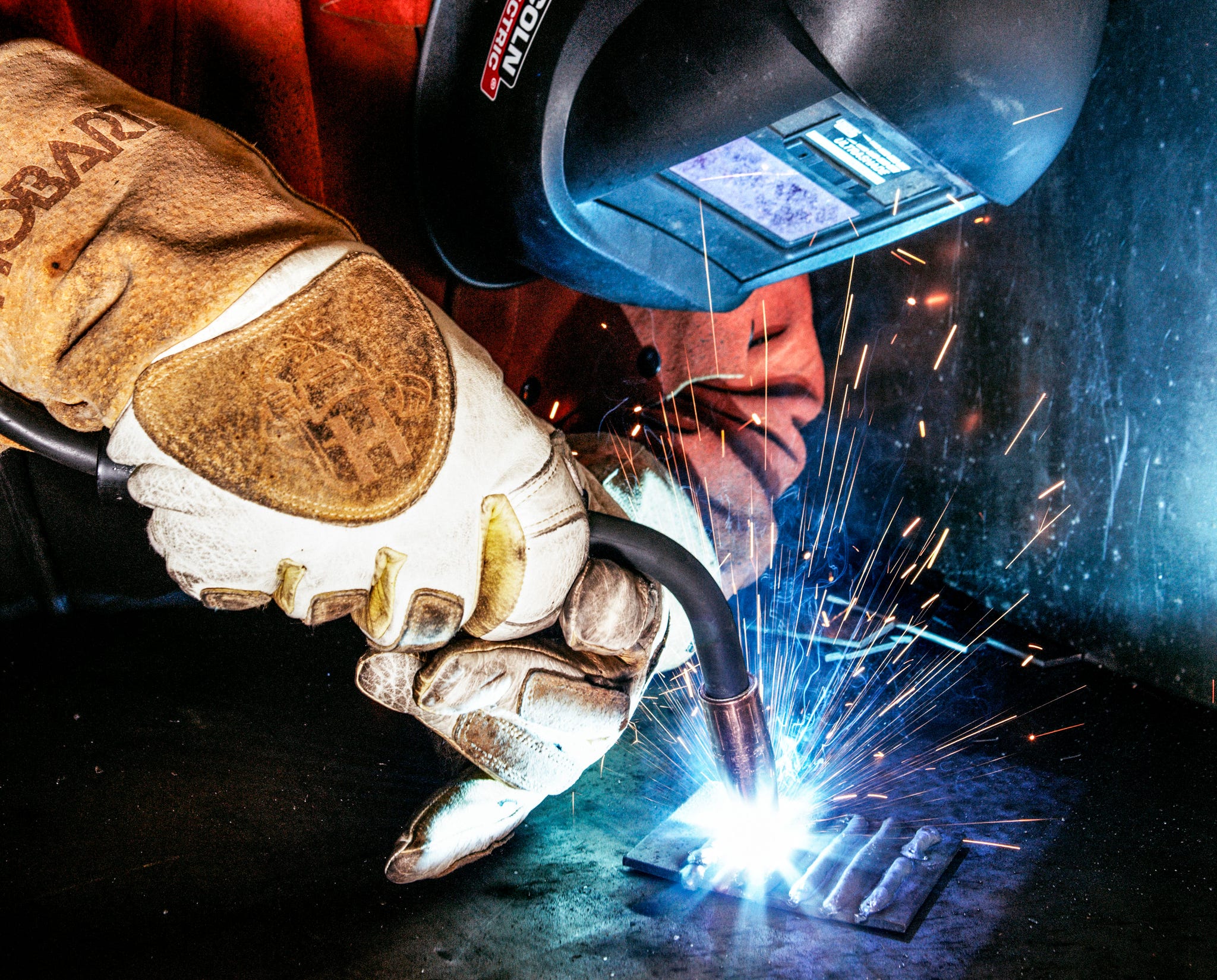Why a Welding WPS is Crucial: Enhancing Consistency and Conformity
Why a Welding WPS is Crucial: Enhancing Consistency and Conformity
Blog Article
The Ultimate Overview to Welding WPS Procedures: A Comprehensive Introduction for Welders
In the complex globe of welding, Welding Treatment Specs (WPS) offer as the backbone of making sure quality, uniformity, and safety and security in welding procedures (welding WPS). As we dive right into the different elements of a WPS and check out the complexities of qualification and certification, we will uncover the vital duty these treatments play in the world of welding.
Value of WPS Procedures
Recognizing the relevance of Welding Treatment Specifications (WPS) procedures is crucial for ensuring the quality and honesty of bonded frameworks. WPS procedures function as a roadmap for welders, laying out the essential steps, parameters, and products called for to accomplish a sound weld. By adhering to WPS guidelines, welders can guarantee uniformity in their job, leading to reliable and structurally audio welds.
Among the key reasons that WPS procedures are important is their role in preserving weld quality and honesty. Adhering to the defined welding criteria and techniques outlined in the WPS aids prevent problems such as porosity, cracking, or insufficient fusion, which can endanger the toughness and durability of the weld. Furthermore, WPS procedures are crucial for making certain compliance with sector requirements and codes. By following well established WPS guidelines, welders can show that their work fulfills the necessary needs for safety and high quality, providing guarantee to customers, inspectors, and regulative bodies. In significance, the relevance of WPS procedures can not be overstated, as they are fundamental to accomplishing regular, high-grade welds that fulfill market requirements and specifications.

Parts of a WPS
A Welding Procedure Specification (WPS) commonly consists of necessary elements that detail the details needs for performing a weld, making certain consistency and top quality in the welding process. The vital elements of a WPS include essential variables such as base steels, filler metals, preheat and interpass temperature levels, welding processes, securing gases, welding positions, and post-weld warmth treatment needs.
Base metals refer to the materials being signed up with, while filler steels are used to fill the space in between the base steels throughout welding. The welding process describes the certain strategy to be made use of, whether it's gas metal arc welding (GMAW), protected metal arc welding (SMAW), or another approach. Welding settings define the orientations in which welding can be done.

Qualification and Qualification
Having established the crucial components of a Welding Procedure Spec (WPS), the focus now shifts towards the essential aspects of certification and qualification in welding techniques.

Certification, on the various other hand, is the official recognition of a welder's credentials by a relevant accreditation body or company. Welding accreditations are commonly based on the certain welding processes, materials, and placements a welder is certified to work with. Holding a valid welding certification shows that a welder satisfies industry standards and is qualified to perform welding tasks to the needed specifications.
Creating a WPS
To establish a Welding Treatment Requirements (WPS) that fulfills industry standards, mindful factor to consider of welding processes, materials, and operational criteria is important (welding WPS). The very first step in developing a WPS is to determine the welding process to be used, such as gas metal arc welding (GMAW) or protected metal arc welding (SMAW) As soon as the welding procedure is established, the following crucial aspect is choosing the suitable materials, thinking about variables like base steel kind, thickness, and joint design. Operational parameters such as welding current, voltage, travel rate, and protecting gas composition must also be meticulously defined in the WPS.

Applying and Keeping Track Of WPS
Upon settling the thorough Welding Treatment Requirements (WPS) that meticulously details welding processes, materials, operational criteria, and quality guarantee measures, the emphasis changes to efficiently applying and keeping an eye on the established procedures. Execution entails making certain that all welders involved in the project recognize with the WPS and follow it meticulously during the welding process. This needs supplying appropriate training and guidance to assure adherence to the defined treatments. Checking the WPS entails constant oversight to validate that welding activities align with the documented specifications. Inspections, testing, and top quality control actions are crucial parts of the surveillance procedure to determine any kind of problems or deviations without delay. Normal audits and evaluations of the welding procedures assist in maintaining uniformity and high quality throughout the project. Reliable execution and tracking of the WPS are essential for ensuring the integrity, toughness, and safety of the bonded joints, eventually adding to the total success of the welding job.
Final Thought
In verdict, understanding and following Welding Treatment Specs (WPS) is vital for welders to ensure high quality, uniformity, and safety and security in their work. By recognizing the components of a WPS, acquiring correct credentials and qualifications, creating comprehensive treatments, and applying and monitoring them effectively, welders can improve their skills and effectiveness in welding methods. Sticking to WPS procedures is crucial for creating top quality welds and meeting market requirements.
In the detailed globe of welding, Welding Treatment Specifications (WPS) serve as the foundation of guaranteeing quality, uniformity, and security in welding procedures. The welding process details the certain strategy to be made use of, whether it's gas steel arc welding (GMAW), secured steel arc welding (SMAW), or an additional technique.To establish a Welding Treatment Spec (WPS) that satisfies market requirements, cautious factor to consider of welding procedures, products, and functional parameters is necessary. The initial step in creating a WPS more info here is to recognize the welding procedure to be made use of, such as gas steel arc welding (GMAW) Visit Your URL or protected metal arc welding (SMAW)Upon finalizing the comprehensive Welding Procedure Requirements (WPS) that meticulously information welding procedures, materials, operational criteria, and quality assurance measures, the emphasis moves to properly applying and checking the well established procedures.
Report this page